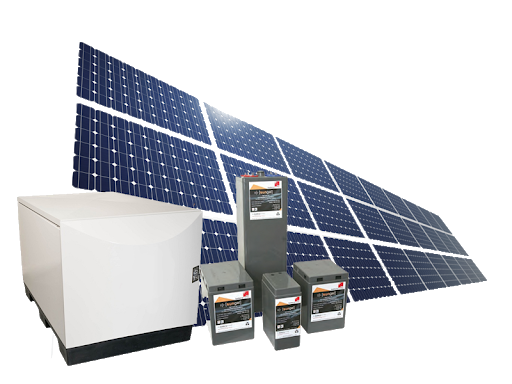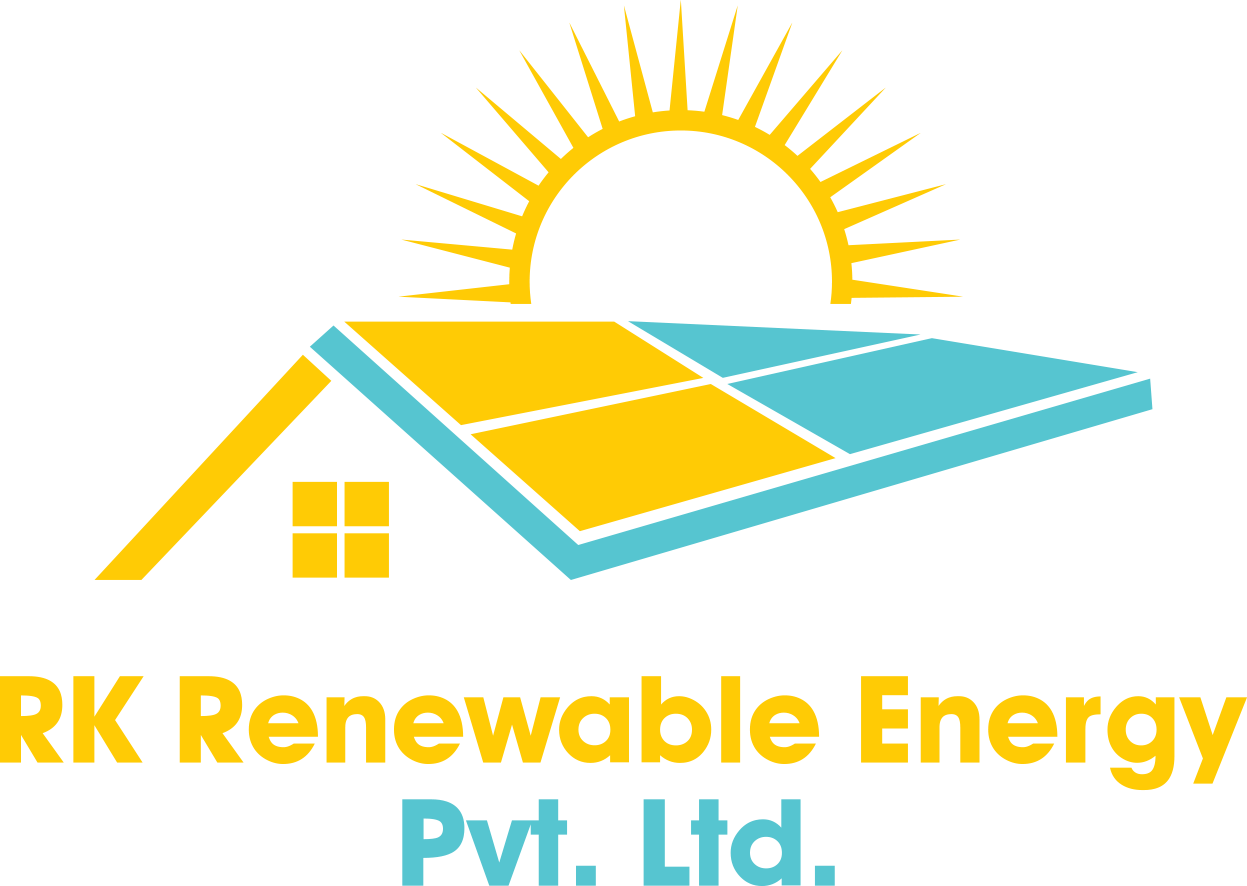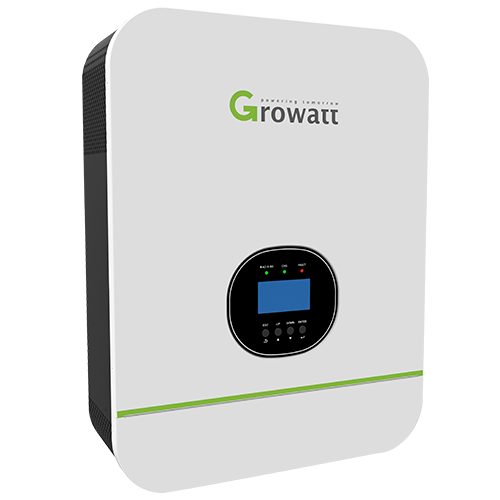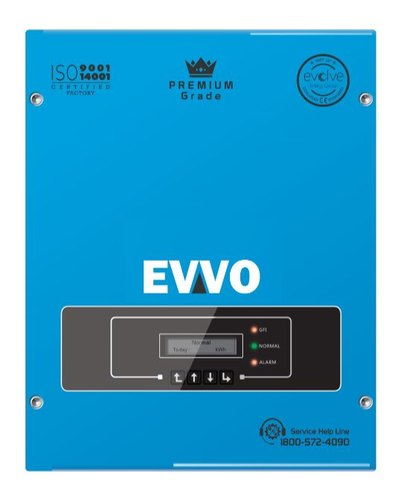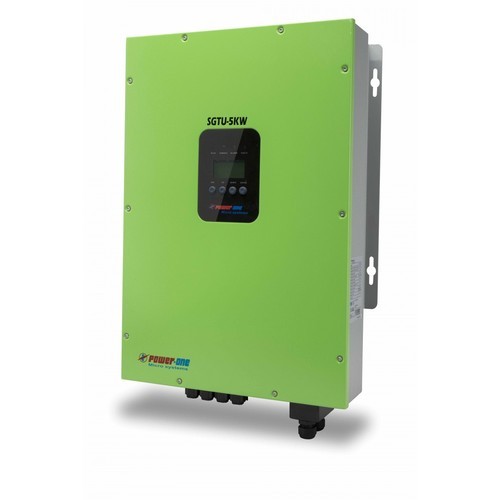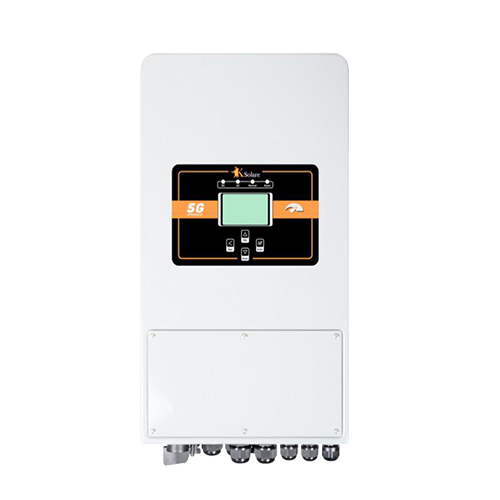Solar Inverter
In any solar system, inverter plays an essential role like a brain. The main function of this is to alter DC power to AC power which is generated from the solar array. It allows for monitoring the system so this system operators can observe how this system is working. If you are considering a solar panel system for your home, one of the key decisions you make is the type of inverter to install. Inverters convert direct current (DC) energy which is generated from the solar panels into usable alternating current (AC) energy. After the panels themselves, inverters are the most important equipment in the solar power system. The inverter gives analytical information to assist in identifying operations & maintenance to fix issues of the system. This article discusses an overview of a solar system.
A solar inverter can be defined as an electrical converter that changes the uneven DC (direct current) output of a solar panel into an AC (alternating current). This current can be used for different applications like in a viable electrical grid otherwise off-grid electrical network.
Advantages
WORKING OF SOLAR INVERTER
The working principle of the inverter is to use the power from a DC Source such as the solar panel and convert it into AC power. The generated power range will be from 250 V to 600 V.
A step-up transformer is employed so that the AC power can be obtained & can be fed to the grid. A few designers have started designing inverters without transformer which have high efficiency as compared with the inverters which have a transformer.
The working principle of the inverter is to use the power from a DC Source such as the solar panel and convert it into AC power. The generated power range will be from 250 V to 600 V.
A step-up transformer is employed so that the AC power can be obtained & can be fed to the grid. A few designers have started designing inverters without transformer which have high efficiency as compared with the inverters which have a transformer.
